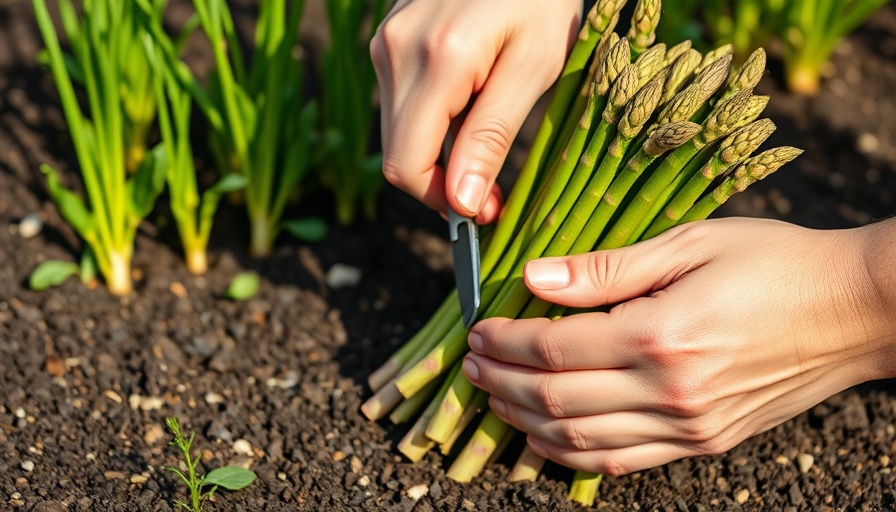
June's Bounty: Your Guide to Harvesting Garden Veggies
As June unfolds, the garden bursts into life, with a cornucopia of vegetables ready to make their debut on your dinner plate. It's the perfect time for gardeners, whether you're just starting out or are an old hand, to revel in the fruits of their labor. Knowing when to harvest, which veggies are currently in season, and how to prepare them can help elevate your meal game. This article dives into the vegetables that are ripe for the picking this June, offering insights into harvesting tips and the benefits of fresh, home-grown produce.
Understanding Your Vegetables: What’s Ready in June?
June is a pivotal month for harvesting vegetables. With the warmth of spring transforming into the gentle heat of summer, you can expect to pluck a variety of fresh foods from your garden. Here are some vegetables you should keep an eye on:
Lettuce: Fast-growing and incredibly nutritious, lettuce deserves a spot at your table. These leafy greens are at their peak when tender yet firm, just before they begin to bolt. With high levels of vitamins A and K, lettuce can be incorporated into salads, sandwiches, or even smoothies. Harvest it in the morning for the best flavor.
Harvesting Early Potatoes: The Delicate Balance
Another June star is early potatoes, a delicacy that often gets overshadowed by other, more vibrant vegetables. These tender, buttery tubers are best harvested when their skins are thin—typically when the plants begin to flower. This is an ideal time to enjoy potatoes roasted, mashed, or in salads. Remember, the key is to avoid letting them overgrow to maintain their new potato charm.
The Science Behind Perfect Harvesting
But why does the timing matter so much? Vegetables reach their peak flavor and nutrient content at specific times. For instance, lettuce should be harvested before it bolts to avoid bitterness, while potatoes should be lifted early to ensure they remain tender. Taking the time to understand these nuances can significantly impact your culinary creations.
Creating Delicious Dishes with Your Harvest
With fresh produce in hand, you might wonder how best to showcase your garden’s gifts. Here are a few ideas:
- **Garden Salad**: Combine your fresh lettuce varieties with ripe tomatoes and cucumbers for a crunchy side or main dish.
- **Lettuce Wraps**: Substitute tortillas with large lettuce leaves, adding fillings of grilled chicken or tofu wrapped with sauce for a healthy alternative.
- **Vintage Potato Salad**: Utilize your early potatoes in a creamy or vinaigrette-based salad that’s sure to impress.
Future Predictions: What to Grow Next?
Looking ahead, consider planting crops that thrive later in the summer. Varieties like bell peppers, zucchini, and tomatoes will continue to flourish as the summer heat settles in. Taking note of your garden’s patterns can lead to a fruitful harvest year after year.
Getting to Know Your Local Climate and Soil
Your local climate plays a critical role in the growing conditions of your vegetables. Understanding your USDA hardiness zone can inform you of the best types of vegetables to grow and when they're likely to ripen. Moreover, proper soil preparation, with the right pH and drainage, fosters healthier plant growth.
Call to Action: Dive into Home Gardening
Now, with insights on timing and preparation under your fingertips, it’s time to dive into the delicious world of home gardening. Ensure your efforts yield optimal results by staying informed and actively engaging with your growing environment. Start planning your summer garden today and enjoy the benefits of fresh produce!
 Add Row
Add Row  Add
Add 




Write A Comment